DO FOOD STAMPS CONTRIBUTE TO OBESITY?
| Photo courtesy of www.iatp.org |
I'm interested in hearing from readers, especially those that live and grocery shop in Ward 8. Could there be a correlation? If so, how do we encourage healthy eating habits? There are wonderful programs like those at the Ward 8 Farmers Market that incentify SNAP and EBT participants to use their benefits to purchase fresh fruits and vegetables. Is the answer more carrot (sorry for the pun) or more stick (or a combination of both)? How do we encourage and develop a skilled and healthy workforce?
Including links and excerpts to some of the articles I found on the web.
SNAP To Health:
SNAP and Obesity: The Facts and Fictions of SNAP Nutrition.
Excerpt:
However, the same study found that among the nonelderly female population, participation in the SNAP program did correlate with higher obesity and overweight rates. In fact, for such women, participation in the program for a 1- or 2-year period resulted in an increase in the likelihood of being obese by 2-5%. This is equal to a gain in Body Mass Index (BMI) of 0.5%, about 3 pounds. Long-term participation in SNAP for these women corresponded to a 4.5-10% increase in the probability of being obese. Nonelderly females make up around 28% of SNAP recipients nationwide.
A 2010 study completed by the Harvard School of Public Health using the 2007 Adult California Health Interview Survey (which tracks Body Mass Index and obesity data among Californians) found that obesity rates among SNAP participants were 30% higher than among non-participants, when adjusted for socio-demographic characteristics, food insecurity, and participation in other programs.The New York Times (9/28/11):
Food Stamps and Obesity
Excerpt:
Forty-two percent of low-income women in the United States are obese, and the rate of obesity is even higher among women who participate in the Supplemental Nutrition Assistance Program -- formerly the food stamp program.
Researchers have spent a lot of time trying to figure out whether this is the result of receiving SNAP benefits or whether there is simply a correlation between obesity and SNAP participation that arises because the low-income women who are more likely to be obese are also those most interested in getting SNAP benefits. The research suggests that SNAP participation may actually cause an increase in the likelihood of obesity for low-income women. A relationship between SNAP participation and obesity has not been found for low-income men.
Scientific American (9/22/11):
Thin Wallets, Thick Waistlines: New USDA Effort Targets Link between Obesity and Food Stamps
Excerpt:
Now that funds are delivered electronically rather than as paper "food stamps," however, the additional cost to distribute SNAP money every other week would be minimal. Participants themselves have suggested that the change could help them spread out their grocery shopping and keep adequate food around through the month, notes Parke Wilde, an agricultural economist at Tufts University's Friedman School of Nutrition Science and Policy in Boston and lead author of the shopping cycle paper. "It's just a little change in the environment that still gives people freedom [to shop as often as they want], yet gives them a slightly different sense of the default behavior," he says. "I'm always surprised that there's not more interest in the idea."
Obesity risk also weighs heavily on the choices people make on their shopping trips—and the choices made available by retailers. In many urban neighborhoods the most convenient places to shop are corner stores, such as the bodega down the street from the Bronx farmers market. Inside this store, past the rack of Little Debbie brownies, is a cash register framed by salt, fat and sugar. On the left are plastic compartments filled with Charleston Chews and Starbursts; on the right, Mike and Ike's and Planter's Peanuts. Double Bubble sits atop a cooler filled with caffeinated Monster drinks, alongside a cold case of ice cream. All of it can be purchased with food stamps.
To submit an article or to inquire about advertising send an email to Advoc8te@congressheightsontherise.com.
